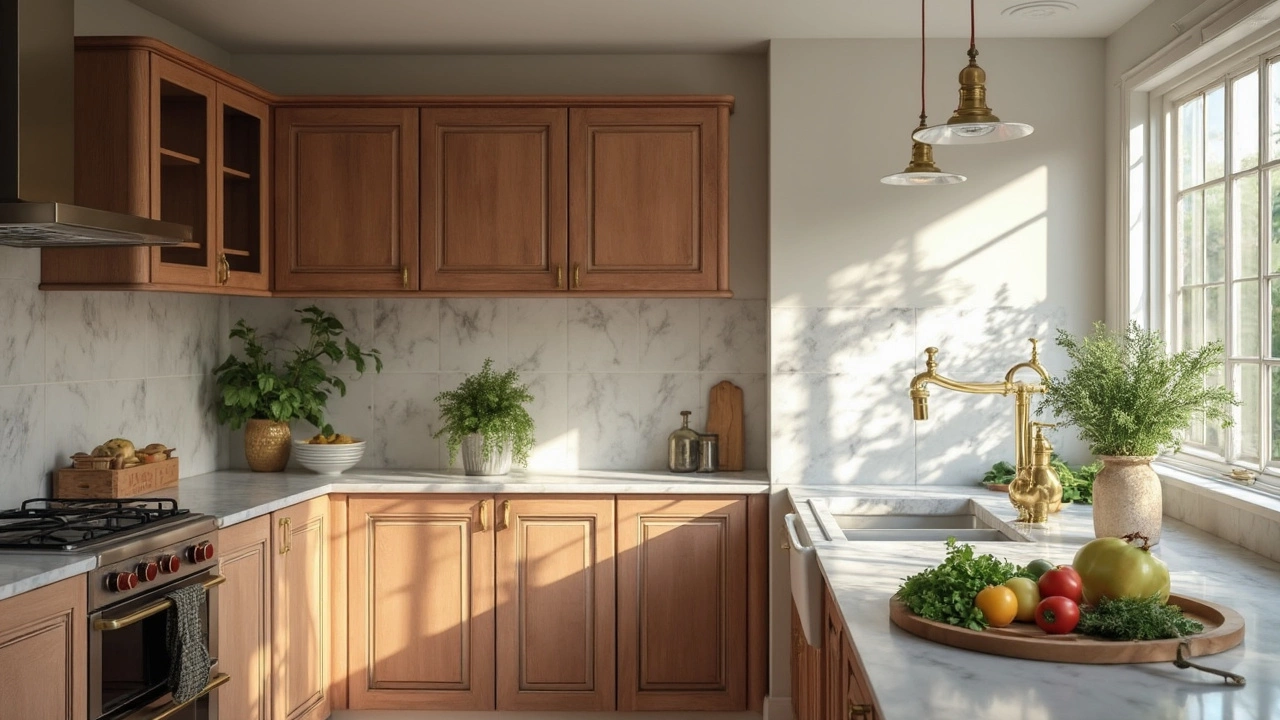Kitchen Costs – A Real‑World Guide to Budgeting Your Remodel
Thinking about a new kitchen and wondering where the money goes? You’re not alone. Most homeowners hit a surprise when the bill lands higher than expected. Below we unpack the main cost drivers, point out hidden expenses, and share practical ways to stretch every pound.
Breakdown of the Major Line Items
First, put the big pieces on the table. Cabinets usually eat up 30‑35% of the total spend, especially if you opt for solid‑wood or custom designs. Countertops follow close behind: laminate is cheap, quartz or natural stone can double or triple that price. Appliances – fridge, oven, dishwasher – vary widely, but a mid‑range set typically adds another 15‑20%.
Labour is the silent budget‑buster. Skilled fitters, electricians, plumbers, and plasterers each charge by the hour or by the job. In 2025 the average kitchen fitting cost hovers around £3,500‑£5,000 for a three‑person crew on a standard five‑person‑day job. Add a few days for plumbing rough‑in, and you’ll see why labour can push the total past the £20,000 mark for a high‑spec fit.
Hidden Costs You Can’t Ignore
Some expenses hide in plain sight. A dry‑fit kitchen, for example, lets you test layout before final installation and can save you from costly re‑work later. Skipping this step often means moving cabinets, adjusting pipe runs, or even re‑ordering countertops – all of which add up fast.
Don’t forget demolition and waste disposal. Pulling out old units, removing tiles, and hauling debris can cost £500‑£1,200 depending on the size of the job and local council fees. If you’re renovating an older home, you might also need to address structural issues like uneven floors or outdated wiring, which can leap from a few hundred to several thousand pounds.
Finally, think about finishing touches: backsplashes, lighting fixtures, handles, and trims. These details may seem minor, but together they can add 5‑10% to your total spend.
So far we’ve covered what you’ll pay for. How do you keep the numbers in check?
Smart budgeting tips:
- Set a firm ceiling before you start. Write down the maximum you’re comfortable spending and stick to it.
- Get three quotes for every major trade – fitters, electricians, plumbers – and compare not just price but warranty terms.
- Consider stock or semi‑custom cabinets instead of fully bespoke pieces. You still get a tailored look without the premium.
- Choose cost‑effective materials that still look great. For example, a limestone countertop sourced from local quarries offers durability and a natural vibe at a lower price than imported marble.
- Plan the dry‑fit phase. A few days of testing can save weeks of re‑work and thousands of pounds down the line.
- Bundle works where possible – have the same crew handle plumbing rough‑in and electrical prep to reduce mobilisation fees.
Remember, the cheapest option isn’t always the best. A cheap cabinet that warps quickly will cost more in replacement later. Aim for a balance of quality and price that fits your long‑term plans.
By breaking down each cost area, watching for hidden fees, and applying a few budgeting hacks, you’ll walk into your new kitchen confident you didn’t overspend. Ready to start the numbers game? Grab a notebook, list your priorities, and let the estimates begin.
Realistic Budgets for Kitchen Remodels

Planning a kitchen remodel involves understanding realistic budgeting to avoid unexpected costs. There are essential factors like the scope of work, the difference between DIY and professional labor, and material choices that significantly impact expenses. Setting a comprehensive budget from the start helps in making informed decisions. Besides, considering hidden costs and the importance of wiggle room can save you from potential financial headaches.
read more



